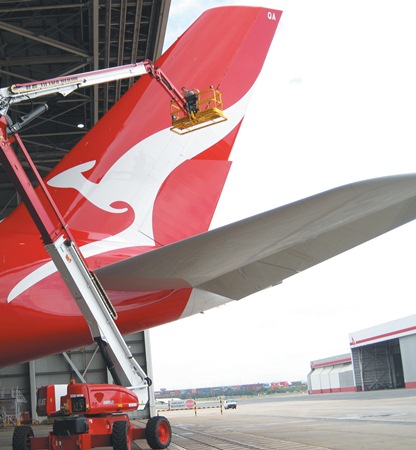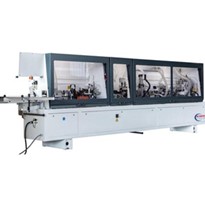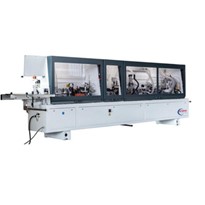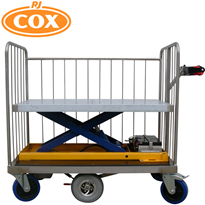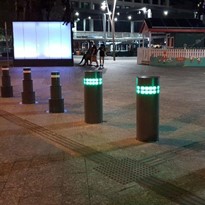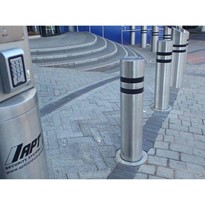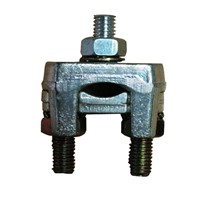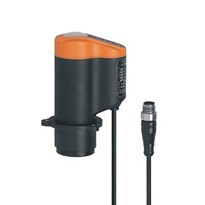The size of the aircraft prompted the Qantas Engineering readiness team to research the market for the most effective way to carry out their inspection and maintenance tasks - with safety as the number one objective.
"Our team had a long list of selection criteria," said Brian Lynn, Ground Support Equipment Manager, Qantas Engineering Supply Chain Airframe Services.
"It's not just about pricing. It's a matter of whether access equipment can do what we want it to do, whether it's a safe work platform for what we need to accomplish and whether we can easily move it around our network."
One of the routine tasks Qantas Engineering staff need to carry out is the inspection of the fuselage for any damage that may have been caused by hail or lightning strikes. These inspections need to be performed quickly and without making any contact with the composite material from which the fuselage is made.
With JLG access equipment already a vital and successful part of its ground support equipment, Qantas began the search more than a year ago for units suitable to work with the A380.
It came to the conclusion that the JLG Toucan 1010 was the unit that met the requirements of the task – with a JLG 1250AJP Ultra Series articulating boom lift as the tool of choice when inspecting the tip of the A380's tail 24.1 metres above the ground.
The widely-used 'whisker switches' available for JLG mast and boom lifts did not meet the 'no-contact' requirement for Airbus inspections. Instead Qantas specified and JLG installed infrared proximity sensors on masts and baskets.
When machines are deemed "Mission Critical" in their application and use, it's not enough for operators to have WP licences and "generic" training - especially when the equipment is a boom type lift, with a platform height of over 11 metres.
That's why JLG Industries worked with management at the Qantas Jet Base to provide complete operator familiarisation sessions on the new JLG 1250AJP Ultra Boom for the Qantas Airbus A380 maintenance team.
JLG's technical specialists covered all the features and functions of the state of the art 1250AJP for a group of Qantas WP licensed operators. The hands-on sessions covered daily walk-around inspections, ground controls, the unique steering system and axle extension system, "quick stick" boom operation and the basket and boom proximity sensor systems.
The sessions provided each operator with time to drive, elevate and try each function at a safe distance from the aircraft. A comprehensive familiarisation check list and a review of the process during and after completion add to the effectiveness of the sessions.
The intensive nature of the on-site process has provided an efficient method to integrate the new work platform technology rapidly into the Qantas system and will reduce the risk of impact with aircraft panels.
During recent operator familiarisation sessions the process was observed by Phil Newby, the Executive Director of the EWPA, who assessed the process for any items that need to be added to the EWPA Yellow Card Training System.
Product familiarisation is a complementary process to the EWPA yellow card and the WorkCover WP licence system. Participation in the JLG 1250AJP Product familiarisation process at Qantas gives the EWPA an opportunity to see first hand the unique and varied range of work platforms in use in an airport environment.
Qantas has one of the largest fleets of work platform equipment in various locations, with a variety of environments, duty cycles, equipment age and technology systems. Each operator has experience in the type of equipment used at their local airport, but new technology and features require an upgrade to their skills and knowledge.


